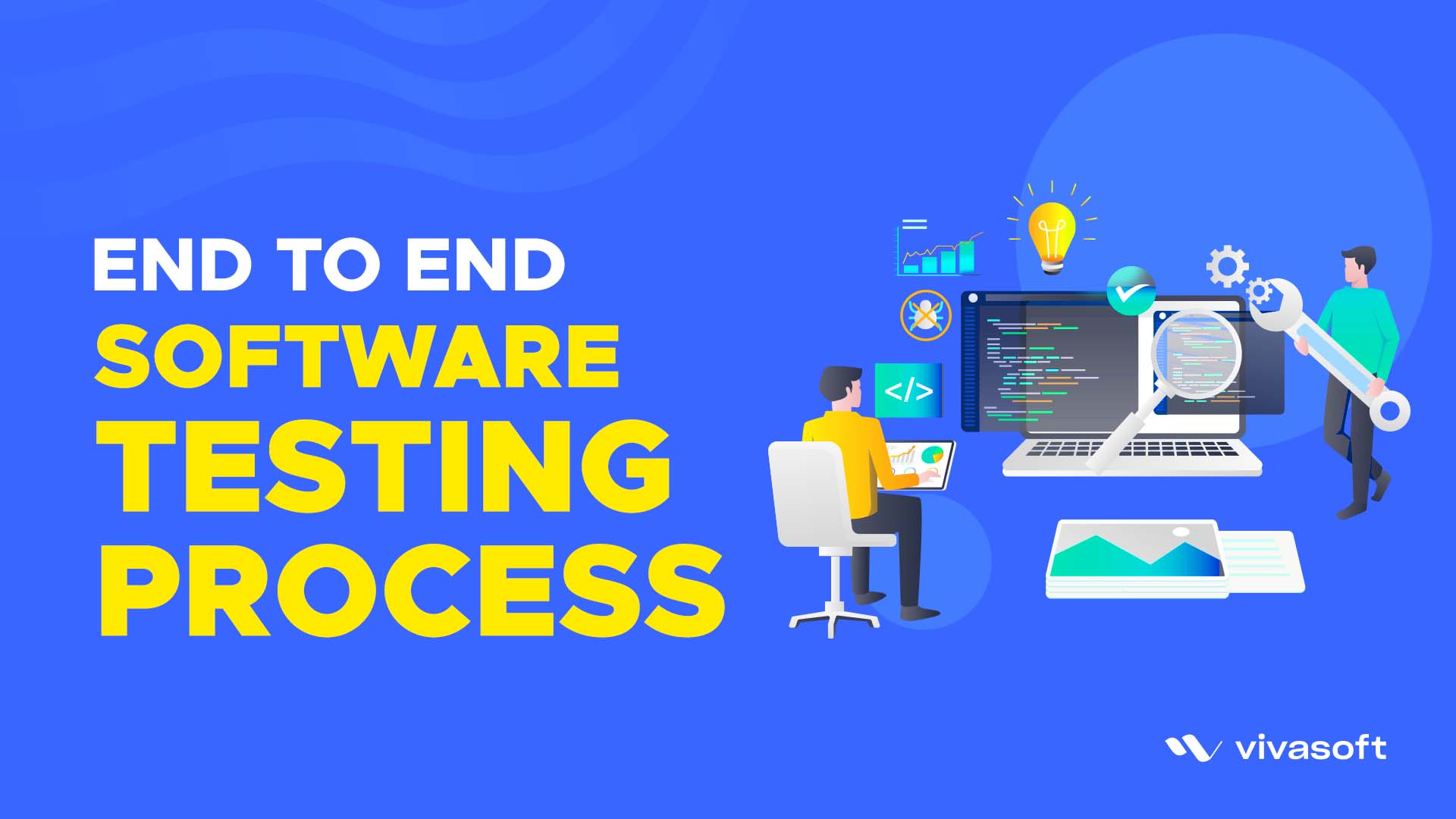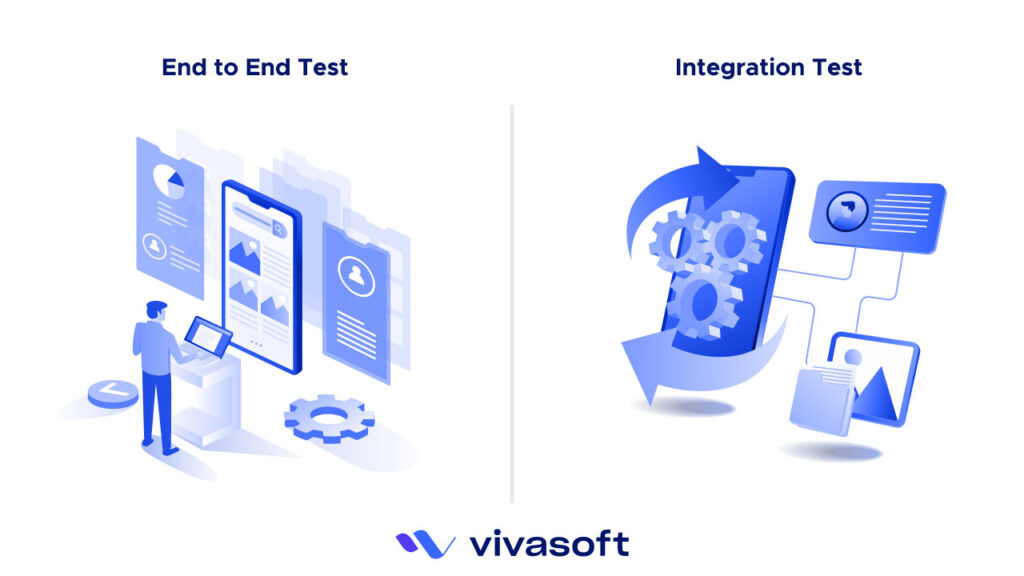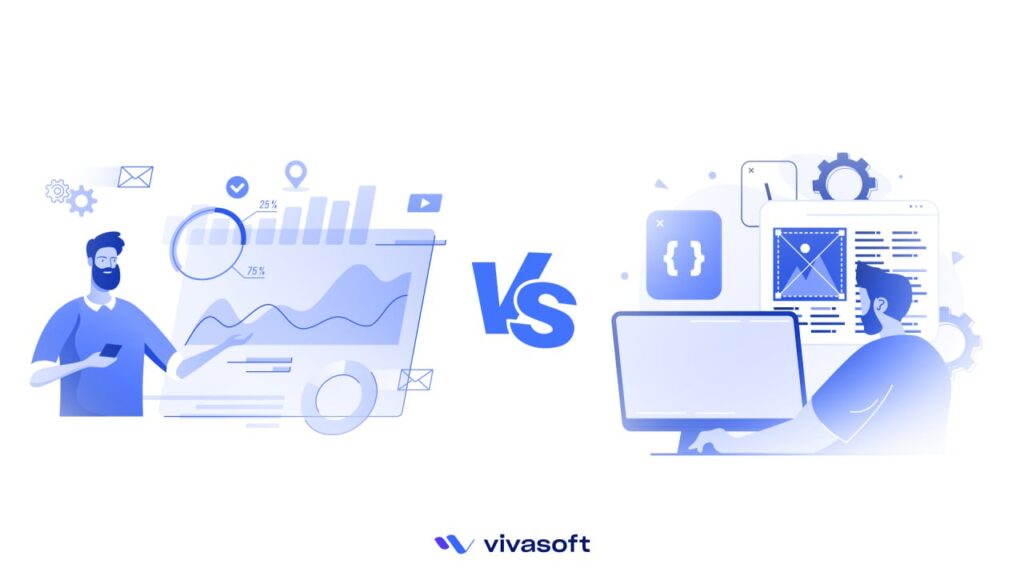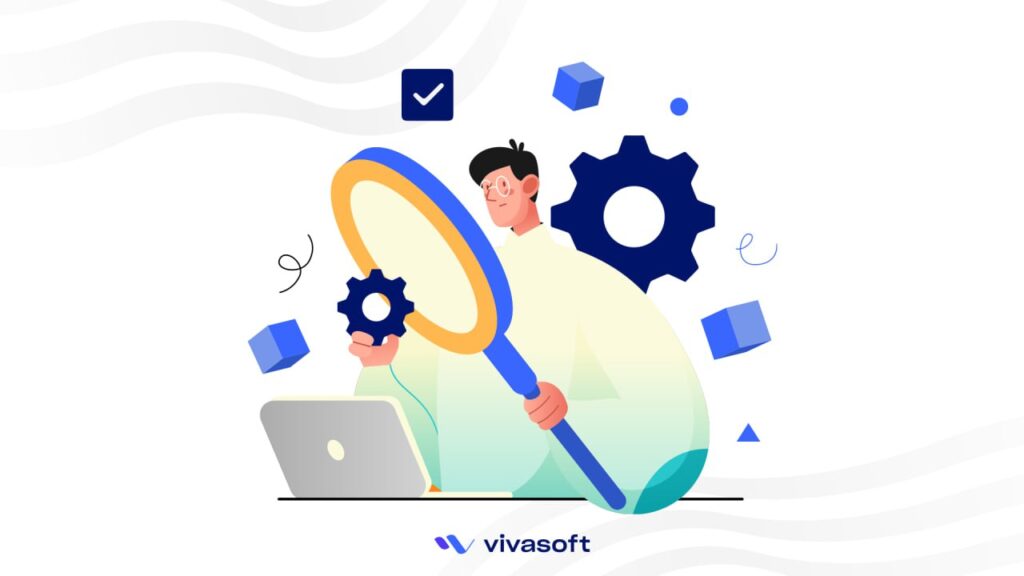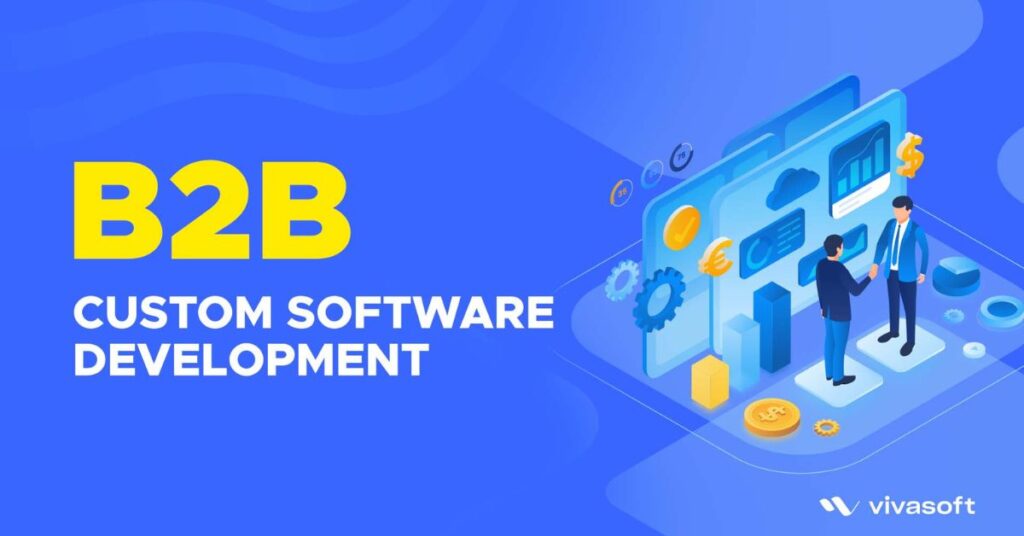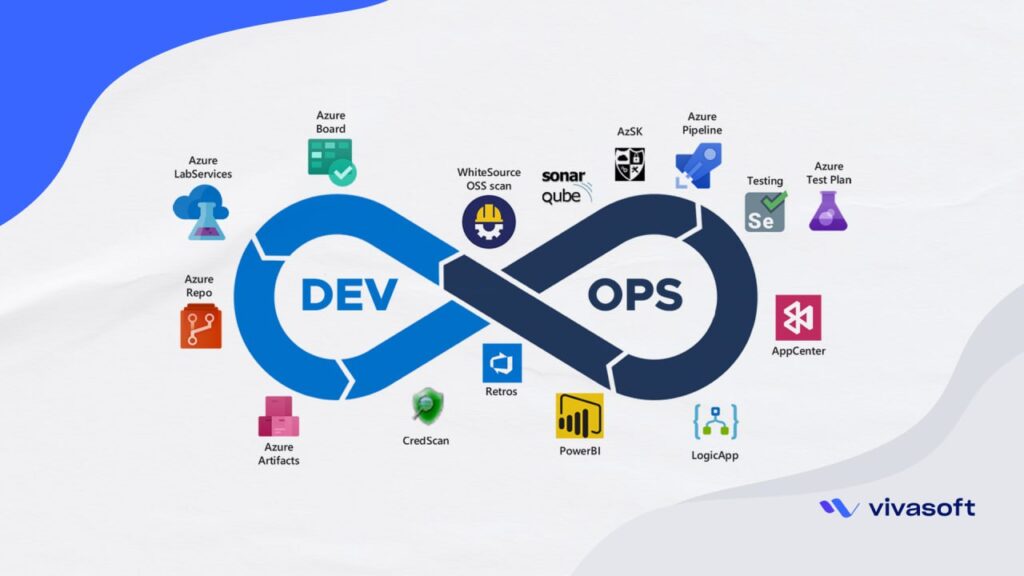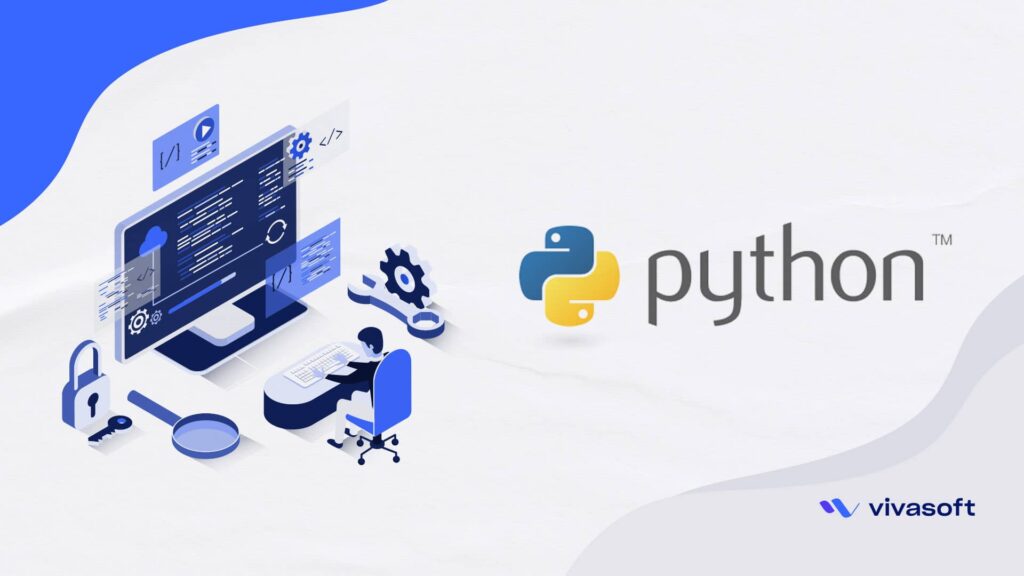End To End Software Testing Process
End-to-end software testing is a systematic and step-by-step procedure that assesses the functionality, performance, dependability, and usability of a whole software program. It deals with integrated features of software such as UI, stability, smooth transition, security, and others.
This includes step-by-step testing of the performance and functionality of your custom software from an end user’s perspective. Let’s get to know every end-to-end software testing process (E2E) step to make your digital masterpiece ready for global adaptation.
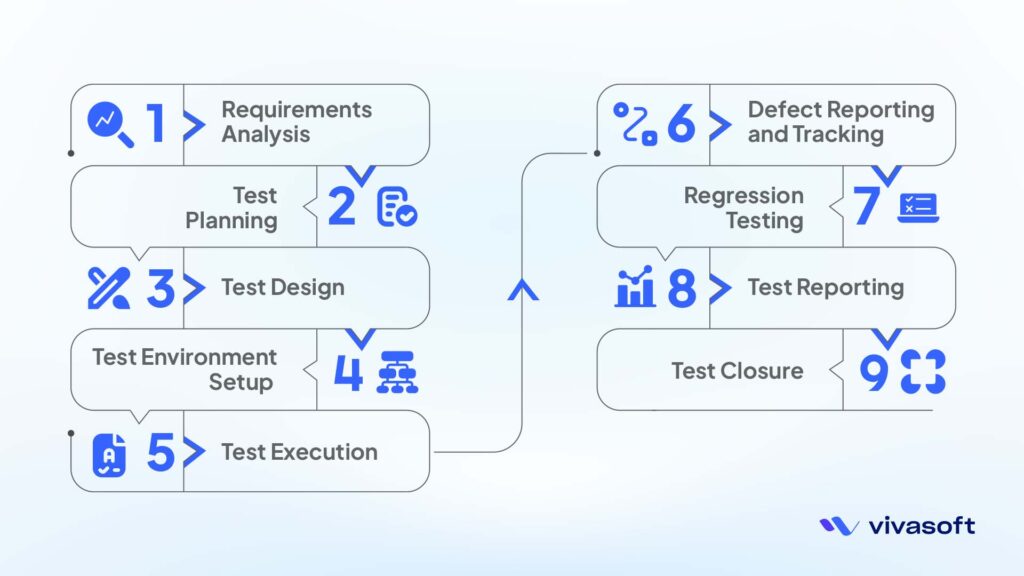
1. Requirement Analysis
Before initiating the software testing procedure, it is imperative to comprehensively understand and gather the requirements from an end user’s perspective. You must collaborate closely with stakeholders, clients, and on-field users to capture their needs, preferences, and desired outcomes from the program.
As a rough start, you can start public campaigns, surveys on the ground, and digital platforms such as social media. Next, you need to define the test objectives and scope.
2. Test Planning
You need to organize and validate the systematic plan about what needs to be tested. You must set clear goals and establish timelines for better efficiency and accuracy.
For a start, you can gather the necessary resources. It includes two major criteria:
- Compatible testing environment
- Validated and Standard testing equipment
As a rough start, you can start public campaigns, surveys on the ground, and digital platforms such as social media. Next, you need to define the test objectives and scope.
3. Test Design
The test design is creating a rough blueprint for the overall purpose. You will conduct the systematic test procedures following this design. Test Case Design is all about creating a detailed track of the process to check if your software works as required. An important step in creating the test plan is the test data preparation.
4. Test Environment Setup
This phase requires gathering and setting up a compatible testing environment for the developed program. For this, you need to have the following:
- Dedicated server
- Required hardware and software compatible with the test process
- Configuration of the database with test data
- Deploying the application to configure environment settings
- Test data management.
This ensures that you’re testing the program, simulating real-world usage.
5. Test Execution
This phase requires you to put the predefined test schedule to live. After pre-checking all systems, you initiate the test process step by step as it is expected to be done in real time.
These are known as test cases. In this whole process, you must record the test results for further assessment.
6. Defect Reporting And Tracking
While executing the test cases and after completion, catalog all the defects, bugs, and glitches experienced. Afterward, track and manage the identified issues, followed by fixing those through comprehensive resolution.
7. Regression Testing
This is a crucial step, as you would retest the application entirely to observe closely if the alternation to fix the defects is working. Regression testing ensures that updated codes don’t hamper the original functionality of the software and solve only the specific issue. It’s a multi-step process, as you need to rerun the tests until perfection is assured.
8. Test Reporting
After finalizing the software, it’s important you document and record the process of the overall debugging process. Summarize the test process as documentation and report back to the department for further assessment.
9. Test Closure
Finally, evaluate if the test objective is achieved by analyzing the execution and regression test reports.
Before approving the test, it’s important to ensure all requirements for the developed software are met for the end user. To officially close the test process, you must archive all the documents and reports systematically for future reference.
Best Practices In End-to-End Software Testing

Check out these most effective and best practices in the End-to-end software testing process to get the best result.
1. Test Automation
Automating software testing ensures consistency and catching issues early. It provides quicker feedback loops, broader test coverage, and a streamlined development process for your software.
2. Test Data Management
Test management helps you to ensure a wide range of accurate test data for quality testing, revealing bugs and tracking system behavior. It’s good to secure the testing data as a privacy measure following security considerations.
3. Continuous Integration and Continuous Testing (CI/CT)
Continuous integration keeps your software on a constant development process making it smooth and reliable. You will get rapid feedback doing continuous testing and help you deal with any new issues or defects occurring in your software.
3. Performance Testing
It simulates real-time heavy usage scenarios, pushes limits, and assesses the scalability of the program revealing how much stress your software can take.
More on that you can uncover performance bottlenecks and make it better optimizing for responsiveness speed.
4. Security Testing
This step is performed to identify vulnerabilities and loopholes. Security testing helps you prioritize the data protection of your developed program taking measures against unauthorized access and breaches from digital data thieves.
End To End Software Testing Example
Apart from the theoretical approach, let’s get into knowing an example of real-time end-to-end mobile applications. We shall use an e-commerce application developed for an online marketplace.

Mobile App Testing
1. Requirements Analysis: Understand what you want to deliver to a user and end-user’s expectations and functional specifications. Identify critical features like:
- Friendly UI
- New account registration,
- Product search
- Catalog of the products
- Product variations
- Secure checkout
- Payment.
2. Test Planning: Based on your requirement analysis, create an outline of test objectives. For example, an e-commerce app requires smooth product filtering by names, genres, themes, categories, etc. Moreover, an outline for different product variants with a different price range, voucher final price calculation, etc.
3. Test Design: Using the test plan, create a detailed flow chart and plan your test according to every step to purchase a product from your application. It starts from user registration to checkout.
4. Test Environment Setup: Now, set up a controlled testing environment to be identical to real user conditions. Include devices, different platforms, networks, and databases to simulate diverse e-commerce scenarios for your application accurately.
5. Test Execution: Now initiate execution of your planned tests, covering user registration, product search, price calculation, product purchase, payment, checking out, and order tracking.
Verify that your mobile app functions flawlessly across various devices and networks, meeting a user’s demand.
6. Defect Reporting and Tracking: Identify bugs, defects, and UI glitches during a common purchasing process. Report the defect with details. Afterward, track its resolution progress to ensure a prompt fix in your application.
7. Regression Testing: After fixing the UI, glitch, and other defects, you must perform regression tests to ensure previous functionalities remain free of effect.
8. Test Reporting: Lastly, summarize your test results, highlighting detailed successful features of your app and reported issues.
Challenges in End-to-End Software Testing
1. Resource and Time Constraints: You’ll need more resources and tight schedules that compromise the comprehensive testing of your software. Hence, maintaining a balance between efficiency and thoroughness of testing becomes challenging.
2. Test Environment Complexity: Following a diverse test environment with a high volume of configurations can be challenging with software testing.
3. Test Data Management Challenges: Software testing produces a huge amount of documentation. Thus, you can face challenges while managing diverse, quality test data. Moreover, privacy concerns and data relevance make the job tougher for you.
4. Evolving Technology And Platforms: Adapting to newer technologies and platforms can get challenging for you. Hence, it would help you to keep up with modern testing equipment and technologies.
5. Maintaining Test Documentation: Keeping up and organizing up-to-date test documentation can get challenging for you. As your software evolves outdated records may impact reference accuracy and toughen the decision-making process in the future.
Benefits Of End To End Software Testing Process
1. Assured Validation: It ensures you the functionality of an entire software system
2. Improved User Experience: It helps you identify and rectify potential defects and glitches, providing a seamless and friendly UI.
3. Reduced Risk: You can decrease the risk of post-launching failures of the software.
4. Better Reliability: it assures your confidence in your software’s real-time performance and reliability across diverse cases.
5. Cost-Effective: It reduces your expense of post-release bug fixes by addressing defects at an early stage.
6. Filters Out Critical Bugs: The end-to-end software testing process helps to identify and eliminate the minor bugs causing disruptions in real-time operation.
7. Broader Test Coverage: End-to-end testing inherently provides a broader test coverage. This helps you detecting potential issues across the entire application. Hence, it reduces the likelihood of undiscovered bugs in the post-production scenario.
8. Enhances Software Quality: End-to-end software testing is a gradual process that constantly works for the improvement of the developed program’s quality. As a result, you’ll always get a better and more reliable version of the software after each process.
9. Boosts Developer’s Confidence: After each session of the testing process, the developer becomes more confident about the software and launches it with ease.
10. Saves Time & Resources: Completion of a thorough end-to-end software testing process potentially reduces the risk of spending more time and resources in the future if any issues occur.
Final Thoughts
The dedication to ensuring quality at Vivasoft Ltd involves all stages of the software development phases, including the most important part of the end-to-end software testing process.
Every product they supply is precisely integrated, functioning, and performs as intended thanks to the careful attention to detail of their dedicated group of quality assurance. They do thorough testing using a strong, methodical approach to find and fix any possible issues or bugs.
User experience is prioritized because of their client-centric outlook that guarantees that what they deliver not only meets but surpasses expectations. Vivasoft Limited creates software, along with polishing and optimizing it using an in-depth End-to-End Software Testing Process.
Frequently Asked Questions (FAQ )
End-to-end software testing is a systematic approach through which software is put on trial in real-time user experience. The test includes running the software, report documentation of the report, bug detection, and fixes.
Some popular end-to-end software testing platforms are as follows:
- Katalon
- Autify
- Lambda Test
- Test Complete
- TestRigor
The primary goal of the end-to-end software testing process is to ensure the high quality and flawless functionality of your software application. It aims to identify and address potential defects from the end user’s perspective across all components, which are being fixed, and improves the program.




